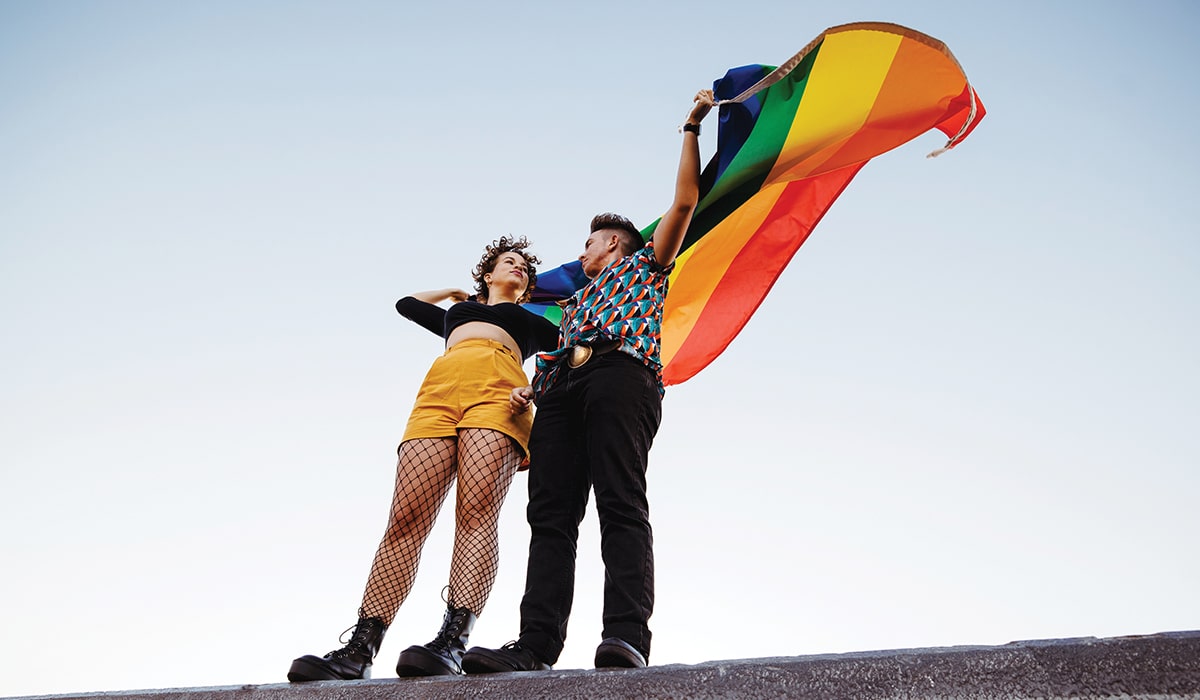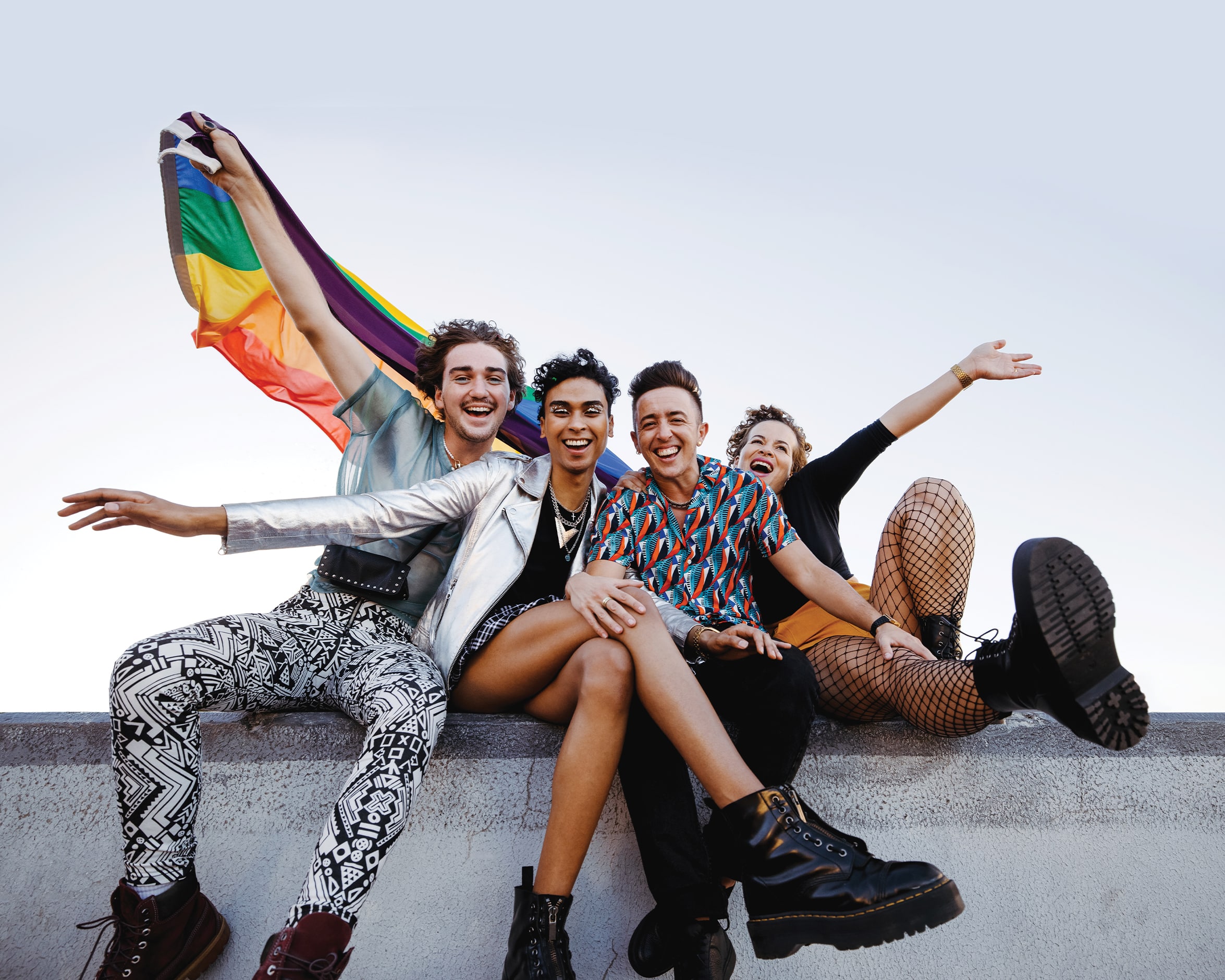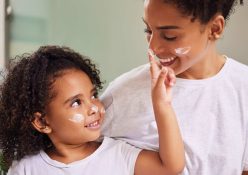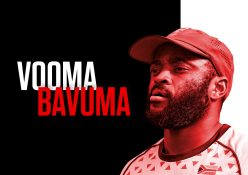This glossary of concepts key to the LGBTQIA+ community will help you navigate this diverse and vibrant world
A
AGENDER
To identify as having no gender, neither male nor female (that is, gender-neutral). See also “non-binary”
ALLY
Someone who supports and advocates for the LGBTQIA+ community, even if they don’t identify as LGBTQIA+. Allies help to create safe and inclusive spaces and work towards equality and acceptance for all.
ASEXUAL
Someone who does not experience sexual attraction to another person. Note: asexuality is not the same as celibacy (which is a choice to abstain from sex).
B
BISEXUAL
Describes someone attracted to both male and female. It is often misunderstood as attraction to only two genders, but it encompasses attraction to all genders.
C
CISGENDER
Describes someone with a gender identity, or gender behaviour, that corresponds to their assigned sex at birth. (Cis is the Latin term for “on the same side as”.) The term is often used to emphasise the social privileges that these individuals experience because of their mainstream gender identity.
COMING OUT
The process of revealing one’s LGBTQIA+ identity to others.
CRASH LANDING
Rejection or disqualification by a clinical sex-change programme due to “gender role inappropriateness” or not believing the individual’s body dysphoria (see “gender dysphoria”).
D
DRAB
The attire of male-to-female cross-dressers when they are not “in drag” (when they are “dressed as a boy”).
DRAG
A form of performance art where individuals dress in clothing typically associated with a different gender. Most often seen in male-to-female performances. (Note that cross-dressers may choose to do so privately and not perform in public.)
DEMISEXUAL
Someone who feels sexual attraction only after forming a strong emotional bond or connection with someone.
G
GAY
Someone who is attracted to people of the same gender. “Gay” is often used as an umbrella term to refer to all LGBTQIA+ people.
GENDER
Socially constructed roles, behaviours and expectations that are associated with being male or female. Gender identity is an individual’s internal sense of their gender, which may or may not align with the sex they were assigned at birth.
GENDER BENDER
Someone who elaborately and brazenly “bends” society’s gender conventions by mixing elements of what we understand to be masculine and feminine, in particular in terms of dress. Gender benders are often seen as “strange” by people who struggle to grasp the statement they are making.
GENDER DYSPHORIA
Distress experienced by someone whose gender identity does not correspond with their assigned sex at birth. It typically manifests as a psychological impairment in social, occupational or other important areas of functioning.
GENDER GIFTED
Views transgenderism as a “gift” that promotes diversity and enriches both the trans individual and the community as a whole.
I
INTERSEX
Individuals who are born with physical sex characteristics that don’t fit typical male or female categories. Intersex people are a minority and often face discrimination and stigma.
L
LESBIAN
Describes someone who identifies as female who is attracted to those of the same gender.
LGBTQIA+
An inclusive abbreviation for Lesbian, Gay, Bisexual, Transgender, Queer/Questioning, Intersex, Asexual/Ally and more.
N
NON-BINARY
Individuals who don’t exclusively identify as male or female. They can identify as both, neither or a combination of genders.
P
PRIDE
An annual celebration of the LGBTQIA+ community that honours its history and achievements, and advocates for equality and acceptance.
Q
QUEER
An umbrella term that describes anyone who doesn’t conform to societal norms around gender and sexuality. It can be controversial, as it was once used as a slur.
S
SIE
A non-gender specific word used instead of ‘she’ and ‘he’.
T
TRANSGENDER
Those who hold a gender that’s different from the sex they were assigned at birth. Transexuals are those who have been medically assigned a different sex.
Members of the LGBTQIA+ community often face discrimination and violence. It’s important for us to respect them and use their chosen name and pronouns.
IN LIVING COLOUR
The rainbow flag has become a symbol of the LGBTQIA+ community and its struggle for equality and acceptance.
The first rainbow flag was designed by Gilbert Baker in 1978 for the San Francisco Gay Freedom Day Parade. The initial flag design incorporated eight colours, each representing a different aspect of the LGBTQ+ community.

The colours of the flag represented the following:
Pink: Sexuality
Red: Life
Orange: Healing
Yellow: Sunlight
Green: Nature
Turquoise: Art and magic
Indigo: Harmony
Violet: Spirit or soul
However, due to the unavailability of pink fabric, the flag ended up being made with seven colours (serendipitously, the same number of colours in a rainbow). In 1979, the flag was further modified to the six-stripe design we see today, which has just one shade of blue (instead of turquoise and indigo).
Words by Charndre Emma Kippie
Photography: Gallo/Getty Images





